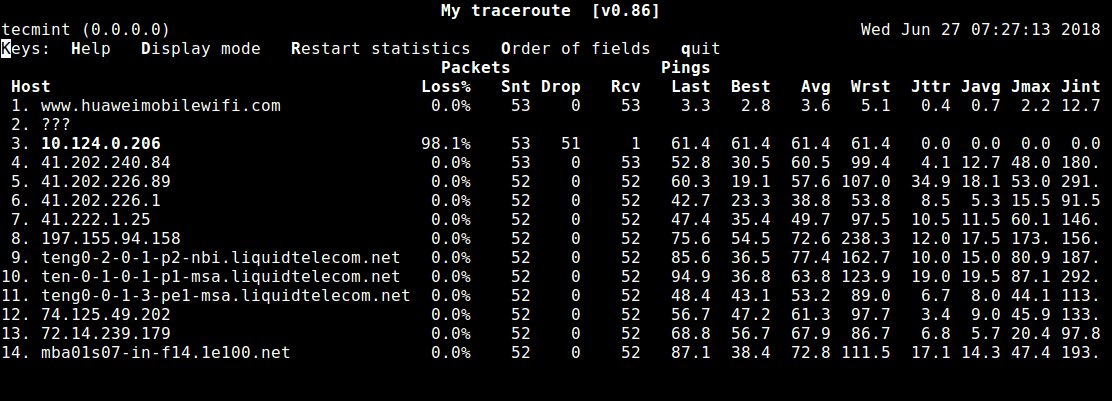

One paradox in interpreting MT reports is that some reports claim that MT is a sensitive measure of subtle changes in NAWM while at the same time some reports claim that MT measures the most severe of destructive pathologies. The results from MT ratio studies suggest that MS lesions have heterogeneous pathological substrates, which may change over time. The decrease of MT ratio can also be seen in enhancing lesions and NAWM ( Filippi et al., 1998 Silver et al., 1998). Volumetric MT techniques, such as the generation of a whole-brain histogram of calculated MT ratios, provide a global assessment of both visible and microscopic lesions in NAWM and may be of value in monitoring therapy in the future. A recent study ( Filippi et al., 1998) showed the MT ratio changes to be a more accurate predictor of clinical disability in the chronic phase of MS than other measures derived from conventional MRI.

Following the decrease in MT ratio that is seen in newly enhancing lesions during the first 2 months, there is a variable increase in MT ratio, although some lesions continue to show a progressive decline in MT ratio ( Dousset et al., 1998). The decrease in MT ratio in newly enhancing lesion was noted during the first 2 months. This finding was not observed by Silver et al.
#MTR MEANING SERIAL#
Serial studies of enhancing lesions have shown a decrease in MT ratio of the NAWM in the region of the enhancing lesion preceding the appearance of the lesion itself ( Filippi et al., 1998). New lesions (less than 1 year) had lower MT ratios than did older ones ( Tomiak et al., 1994). Differences in MT between enhancing and nonenhancing lesions, and between the inner and outer sections of ring-enhancing lesions, suggest that there is an evolutionary pattern to MT changes ( Hiehle et al., 1995).

Therefore, MT may provide some indication of demyelination and axonal loss. Initial results indicate that MT is decreased in MS lesions as well as in the adjacent normal appearing white matter (NAWM) ( Filippi et al., 1998). Normal white matter, because of its dense structure, has a high MT ratio. Magnetization transfer (MT) is a contrast technique based on the principle that protons in macromolecules such as myelin, which are not normally visible on conventional MRI, can be studied indirectly by measuring their effect on visible mobile protons. Donald Paty, in Brain Mapping: The Disorders, 2000 B.


 0 kommentar(er)
0 kommentar(er)
